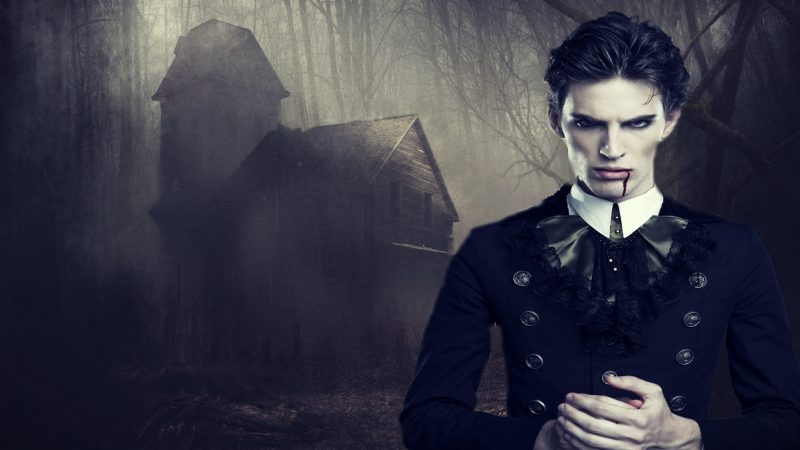From an obscure folklore myth to blockbuster movies like The Twilight Saga, vampires have come a long way, becoming a common trope in popular culture of today. While it is impossible to trace the exact origin of these bloodsucking creatures — which were reportedly part of the horror repertoire in cultures as old as Mesopotamia — the hype that introduced vampires as we know them today dates back to the 18th century.
In Eastern Europe, and in the Balkans in particular, there was a frenzy regarding various sightings of the undead and other paranormal activities. Around that time the word “vampire” first came to use.
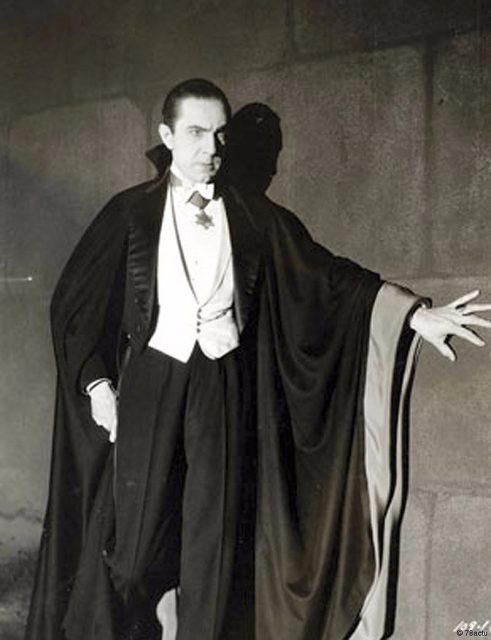
But the image of a vampire as an exotic mysterious aristocrat who usually charms his victims before feasting on their blood is very distant from the villagers who allegedly came back from the dead in 18th century rural Balkans.
Even though most relate the traditional vampire the way Bram Stoker envisioned in his 1897 Gothic novel Dracula, drawing inspiration from the 15th century ruler of Wallachia, Vlad Tepes III, this wasn’t the first time that such a character appeared in British literature.
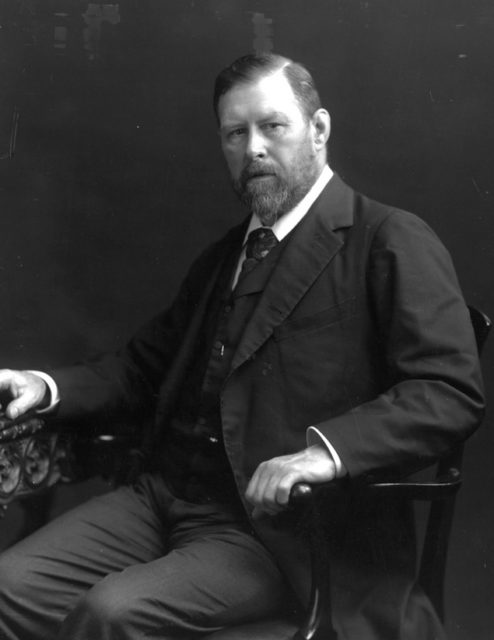
As early as 1816, a vampire crept into the imagination of the famous Romantic poet, Lord Byron. Three years later, his personal physician, John Polidori, used the laudanum-fueled writings of his friend and patient to produce his own version of the fiendish ghoul who lives only by night. He called it Lord Ruthven.
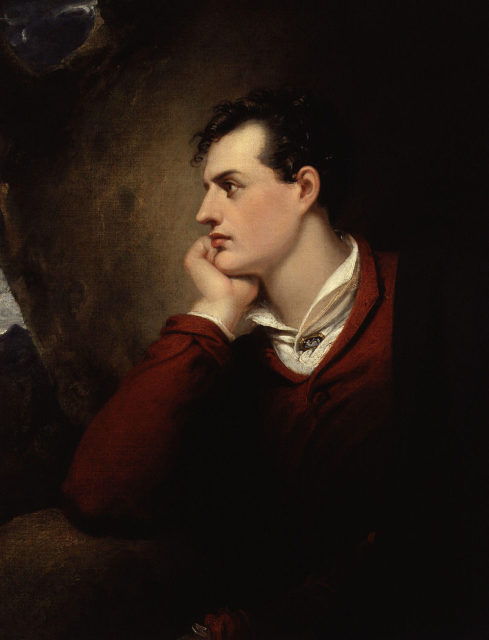
The prototype for Lord Ruthven was first conceived in Byron’s residence on Lake Geneva, Switzerland, called Villa Diodati. It was here the popular and mischievous nobleman with a talent for verse invited several high-profile literary friends to embark on a writing session with him. Polidori was already present on the spot, as he served as Byron’s “traveling doctor.”
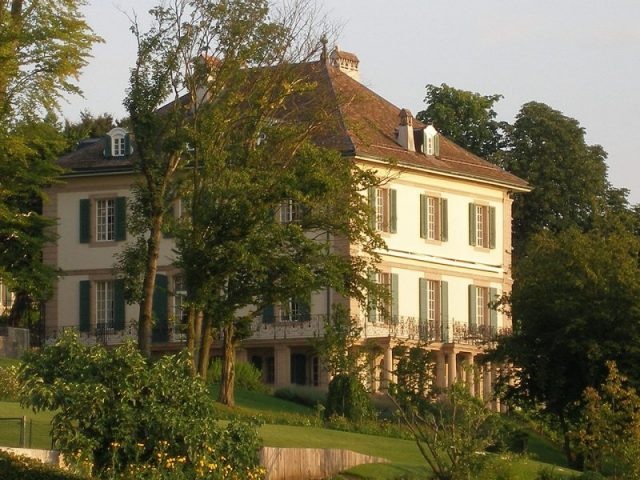
Among his visitors were Mary Wollstonecraft and her future husband Percy Shelley, both of whom became leading figures of the Romantic movement. Better known by her married name, Mary Shelley devised the plot of her most famous novel, Frankenstein, during that visit.
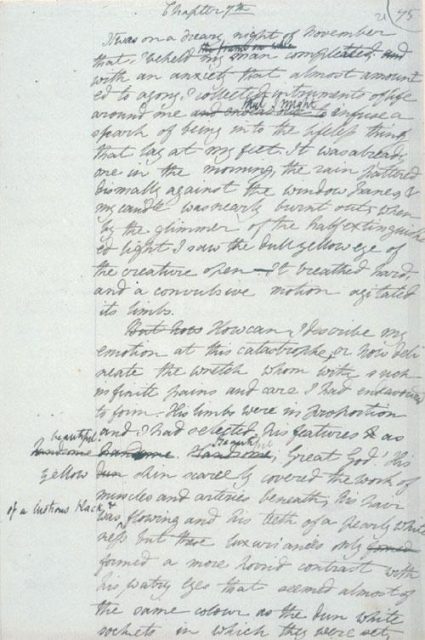
Interestingly enough, this was in June 1816, during the so-called Year Without a Summer, when the whole of Europe and parts of North America were going through a series of climate abnormalities. Temperatures dropped, leaving the summer months drenched in rain and cold weather.
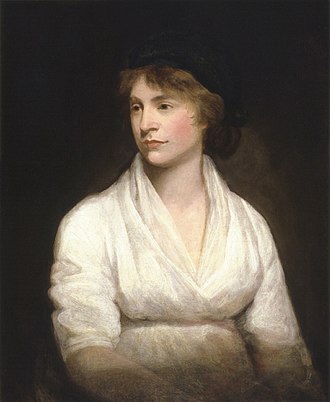
So, a mansion on a lake, accompanied by rain and thunder. The setting itself was calling for a horror story. While the couple both worked on their stories, Byron wrote about a certain bloodsucker with an aristocratic suave, called Augustus Darvell.
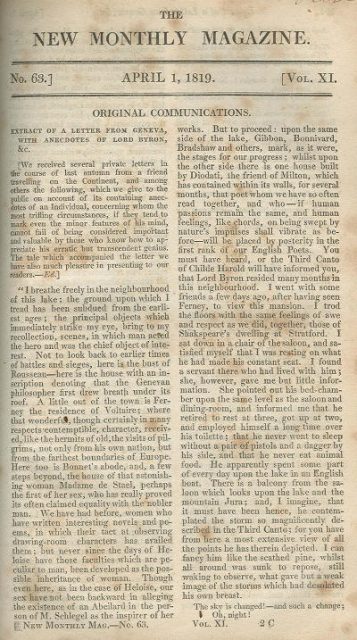
Polidori, who was present during the writing process, took great interest in the fragment written by Byron and decided to use it as a sample for his own story titled simply The Vampire. It was published in 1819 in the New Monthly Magazine and was first attributed to Byron. Afterward, the story was rightfully credited to Polidori, who is considered today to be the father of modern vampire fiction.
This was how Lord Ruthven came to life ― on paper at least ― as a combination of Augustus Darvell and a parody of Lord Byron himself, who was described by Polidori as a master-seducer with a taste for human blood.
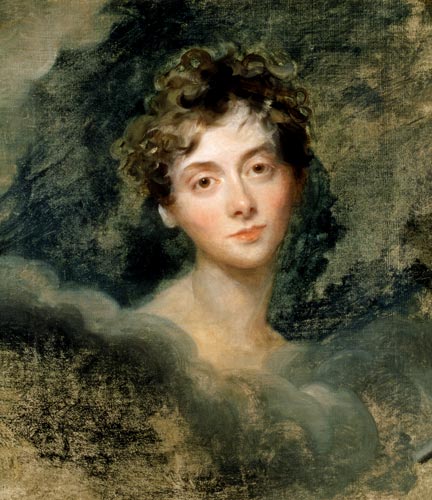
The name Lord Ruthven actually originates from another novel, titled Glenarvon, written by Lady Caroline Lamb. Apparently, Lady Caroline had an affair with Lord Byron, and the two hadn’t parted in best of terms.
As a sort of a revenge, Lady Caroline wrote a novel with the protagonist strikingly resembling her former lover. Needless to say, he wasn’t exactly described a positive character.
The good doctor decided to adopt the character that already possessed the traits of Byron and spice it up with a ghoulish twist.
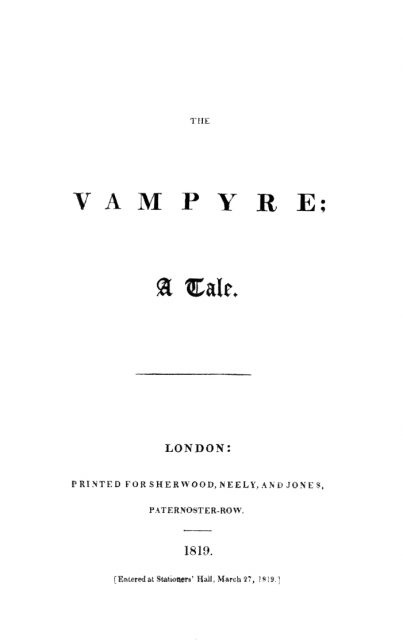
Polidori’s The Vampyre was the first cohesive narrative on the subject, involving all the usual clichés ― a 19th-century playboy aristocrat who preys upon innocent girls from high society, seducing them and killing them by drinking their blood to satisfy his cravings. He is both alluring and dangerous and is bound by the night while absorbing supernatural powers from the Moon.
Ultimate Shakespeare insults and put downs
Beginning in London, the tale continues in Italy, as well as Greece, where Lord Ruthven murders the daughter of an innkeeper. The Vampire-Lord is followed by a companion called Aubrey, who is unsuspecting of his true nature until it’s too late.
The story garnered immediate success partly due to its false attribution to Byron, and partly because during the time Europe was absolutely swept by various stories of vampiric creatures lurking among the high society.
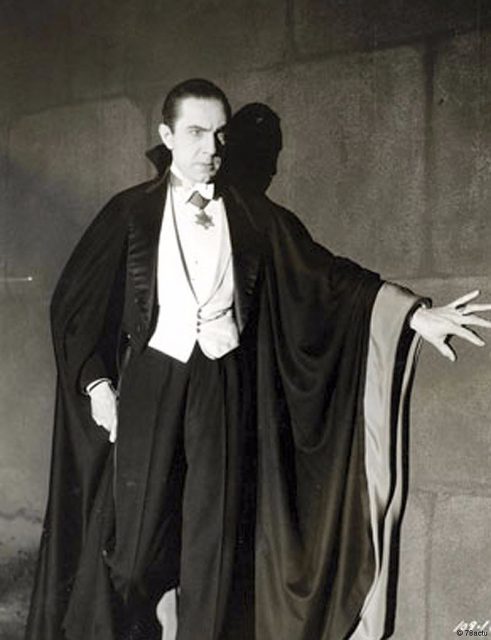
Translations, adaptations, and re-tellings appeared soon after, spreading the initial story like a virus throughout Europe ― a subgenre was born. Bram Stoker himself was largely influenced by the story as it inspired him to create his own version with Dracula.
Read another story from us: Portrait of the Devil? Hidden Image in Vosper’s Famous Painting “Salem”
To this day, the image conceived by Byron and developed by Polidori exists within numerous representations of vampires in literature, film, TV and even video games.
Nikola Budanovic is a freelance journalist who has worked for various media outlets such as Vice, War History Online, The Vintage News, and Taste of Cinema. His main areas of interest are history, particularly military history, literature and film.
